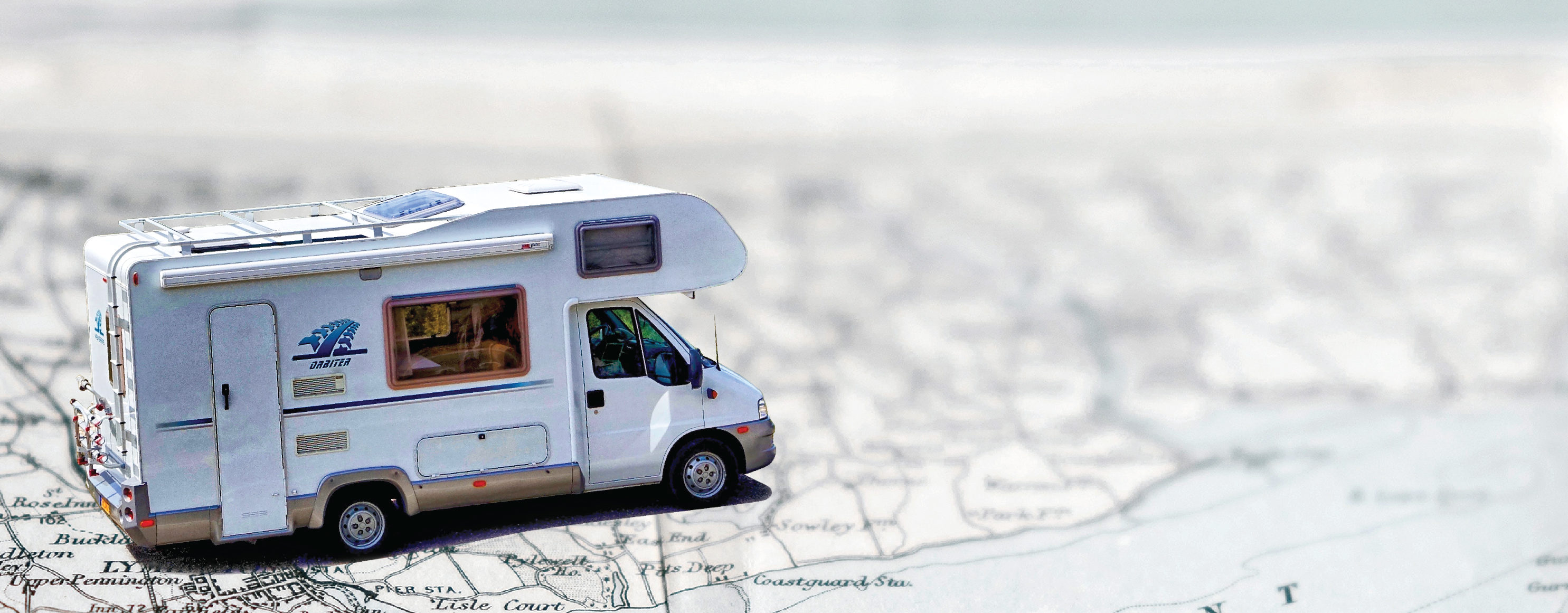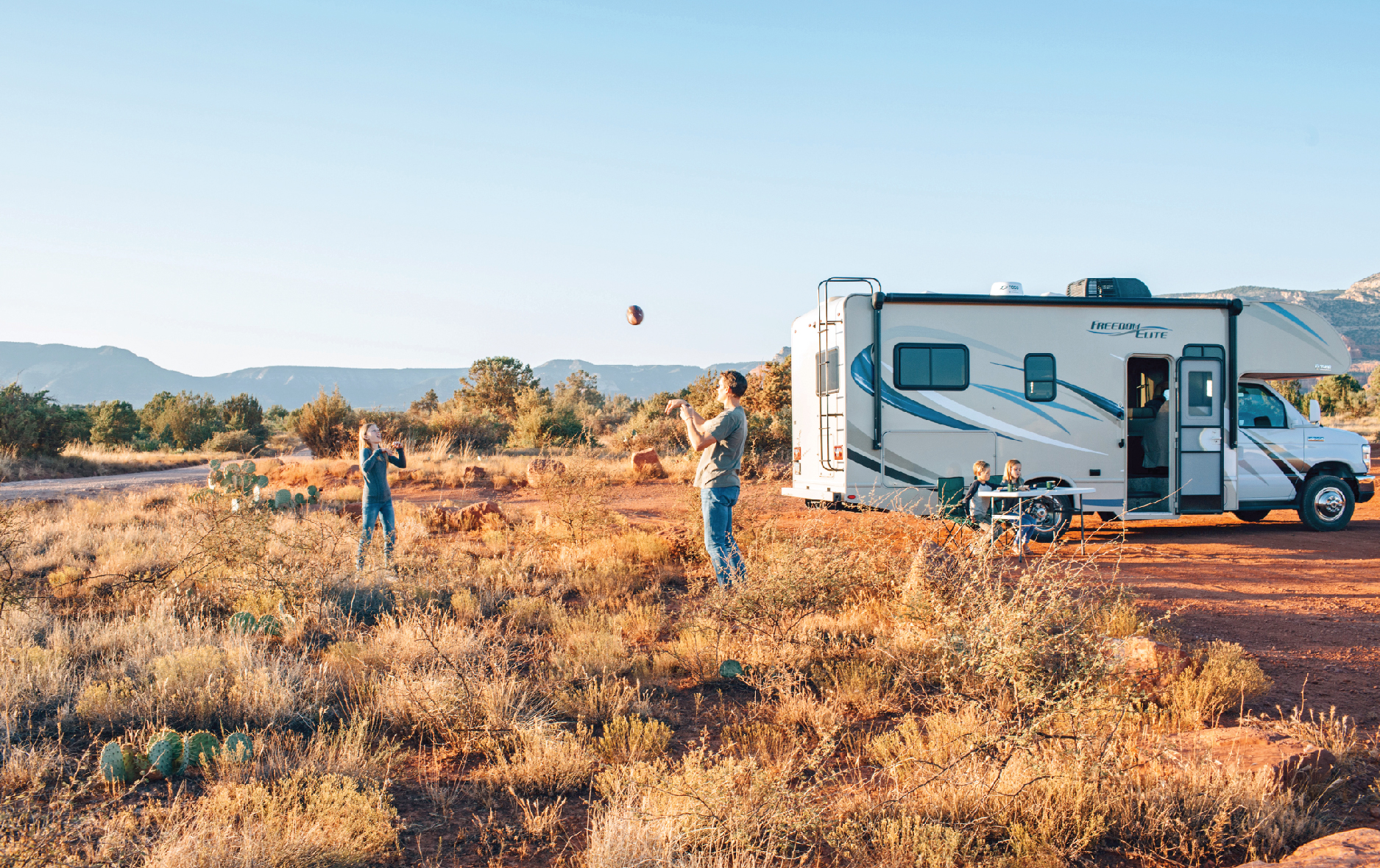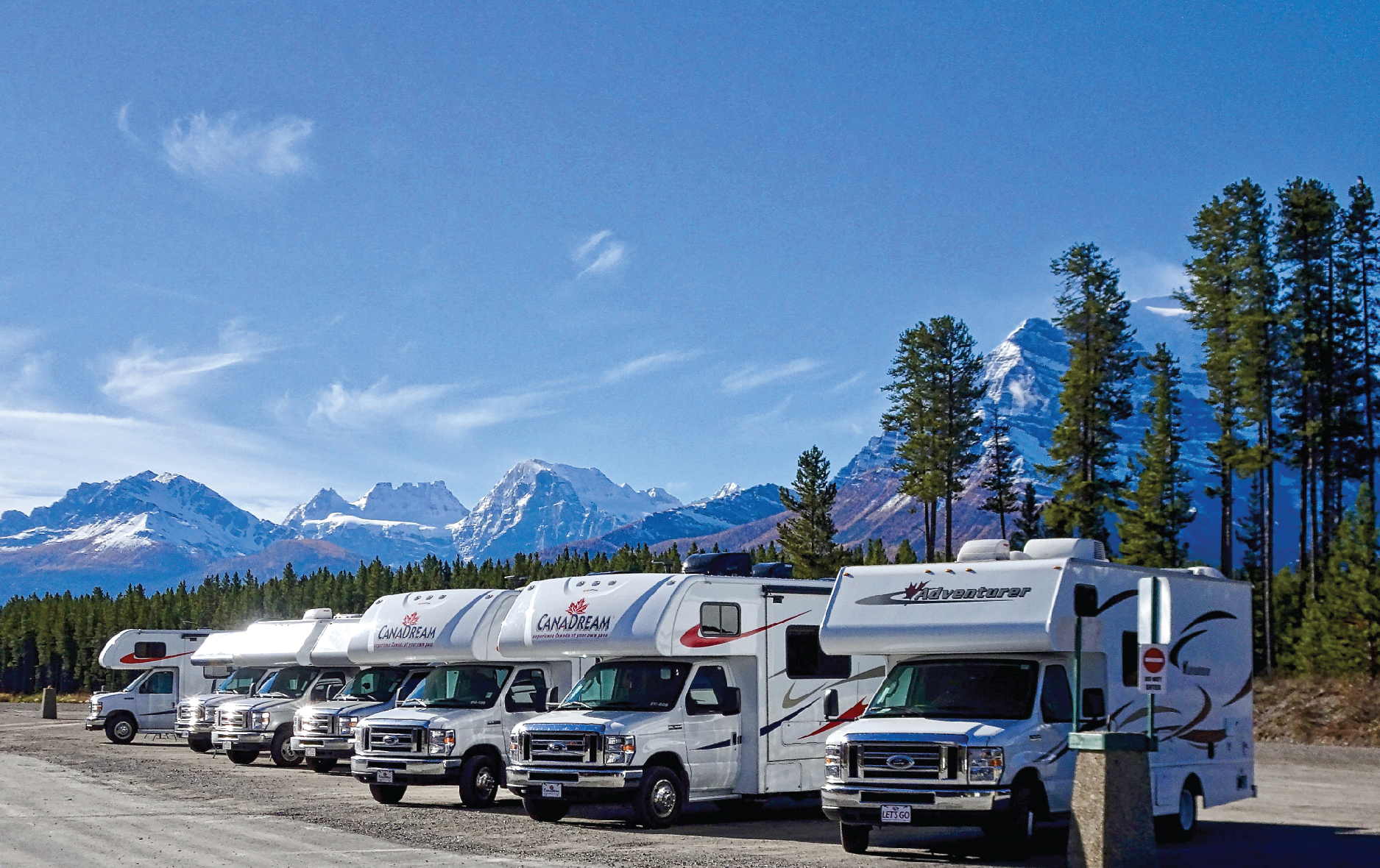
The Booming RV Movement
By Jane Genova
During COVID-19 pandemic, the recreational vehicle industry took off. The RV lifestyle provided the unique combination of isolation and the ability to travel. The good news for retailers is that the boom is projected to continue post-COVID. The underlying dynamics are those of a trend, not a fad. Some speculate that purchasing the RV, instead of a traditional house, could become the new American Dream.
Motor Intelligence forecasts that by 2026, the RV industry will reach $35.7 billion, up from $26.7 billion back in pre-COVID 2018. According to the GoRVing Owner Demographics, 9.6 million households plan to buy RVs within the next five years.
Large market with a special niche
Obviously, for retailers the overall RVer market is large. A particularly attractive niche within that is the newbie RVer, both current and future. Amid the chaos of 2020, many of them rushed onto the road. That frequently resulted in a shortage of know-how and an abundance of mistakes. Overall, the situations were comical. A classic was not being able to back up the camper. But some situations were serious, such as violent attacks or getting stranded in a dead zone.
Most of that could have been prevented if the newbies had brought along the must-have products for the special conditions of life on the road. That is where the key opportunities are for retailers: marketing essential products to new RVers and upgrades of those to seasoned road travelers.
Not all retirees
The more retailers understand about RVers, the more they can sell effectively to each of the segments.
The Academy Award-winning film “Nomadland” and the documentary “CamperForce” depict the RVer as aging. Actually, GoRVing found there are as many over-55 RVers as there are under 55.
The most rapidly growing segment, though, is the 18-34 niche, therefore, retailers are pitching to Millennials and Generation Z. For them, the tone and language of promotions have to be youthful.
In general, the RVer is frugal. On the one hand, the Recreational Vehicle Industry Association found that the average RV household grosses about $62,000 annually. However, most fall into the 35 to 54 age group. That is a market segment with significant financial obligations. Those obligations range from rearing children to saving for retirement. In addition, according to Statista, 25 percent of campers are under the age of 18. They tend not to have much income.
Survival products for new RVers
What does the new RVer need for safety, convenience and peace of mind on the road? Here is an introduction to some of the must-have products. The list is not comprehensive.
Two-way radio. Along the way, there are myriad dead zones or areas where cell signals are weak. That two-way radio can turn out to be the only form of communication available. For example, in a dead zone, those on their radios can guide a new RVer on how to back up the camper. In a remote, area the caravan of families can remain in touch with each other. It is also ideal for a household who “boondocks” far off the grid. Boondocking is dry camping: no creature comforts.
Tire pressure monitor. RVers are “sitting” on so much weight that they may not “feel” a tire that is losing air. That happens often where the temperature fluctuates rapidly. It is only when the tire is ripped to shreds and the rim exposed that RVers may realize what has happened. The repair will be expensive. Or they might not know that the vehicle being hitched has a flat tire. The same down-to-the-rim scenario could happen.
Guns. According to Pew Pew Tactical, only 40 percent of RVers have at least one firearm. RVLife reports that crime, including the violent kind, is no stranger to RV campgrounds. What usually prevents RVers from arming themselves is lack of knowledge about the specific firearms regulations, both federal and state. Retailers who can provide that detailed information could be saving lives. On the federal level, that begins with briefing about the Gun Control Act of 1968 (GCA). For the state level, retailers can stock for sale “Traveler’s Guide for the Firearm Laws of the Fifty States.”
RV GPS. The software of Google Maps does not create special directions for RV vehicles. For instance, it does not alert the RV driver that X or Y road is very narrow or unusually winding. It also does not signal the dimensions of bridges that may be too low for the RV to pass under. The GPS programmed for RVing, however, warns of those kinds of dangers.
RV Tank Treatments. Newcomers find most formidable the disposal of human waste. They might have even experienced actual “sewer problems.” In addition, they can become pariahs in campgrounds if they are negligent in this task. Retailers can guide them in the selection of products preventing odors and more easily breaking up solid mass. Those include sewer hose supports, holding tank chemicals and RV specific toilet paper.
Water filter. Purchasing bottled water is an extra cost and often an unnecessary one. The right water filter often can prevent that. However, even if RVers go the bottled-water route, they will still need a filter system for household tasks and showers. Contaminated water can be a source of disease.
Generators. It is difficult for the newcomers to calculate how much energy they will consume. They might discover the generator that came with the RV is inadequate. That occurs frequently if they modify their planned route to include very hot or very cold climates. Heaters and air-conditioners are energy hogs. Retailers can do consultative selling about what kind of generator operating on what power source is the best fit for their needs and budget. Seasoned RVers may also need to review the generator situation in their motorcoach.
Surge protectors or RV energy management systems. RVers are sitting ducks for fluctuations in the level of voltage. Upward trajectories and downward crashes are standard. They can happen through using defective systems in campgrounds and acts of nature such as lightening. At risk is not only damage to the household appliances but also to computers and other digital devices. Increasingly, those could be their source of income. According to RV and Playa, 25 percent of RVers work full-time on the road.
Branding as the go-to source
Retailers can build a brand as the go-to source for essential RV products. The positioning is: Our mission is your safety, pleasure, and budget. Since RVers tend to be tribal, positive word of mouth can be the power tool for promotion.



